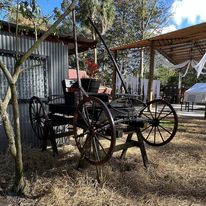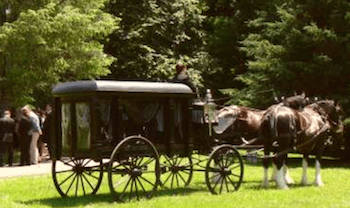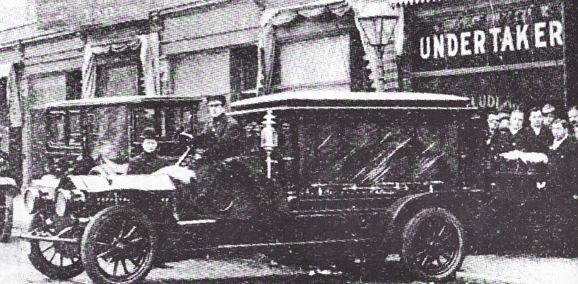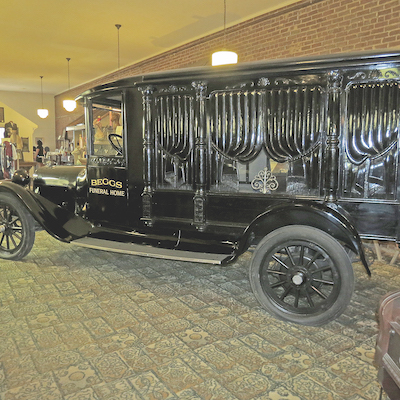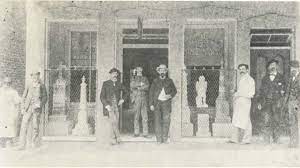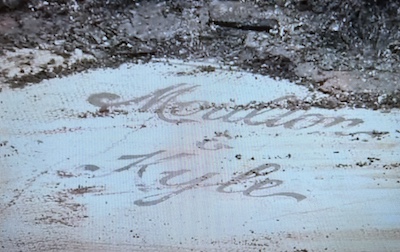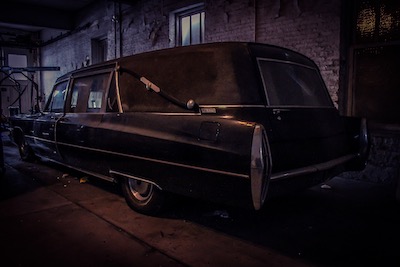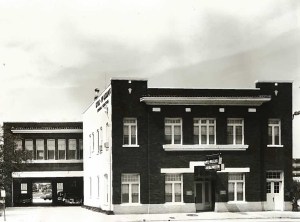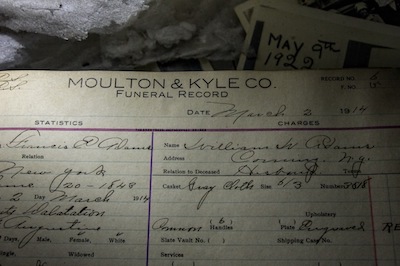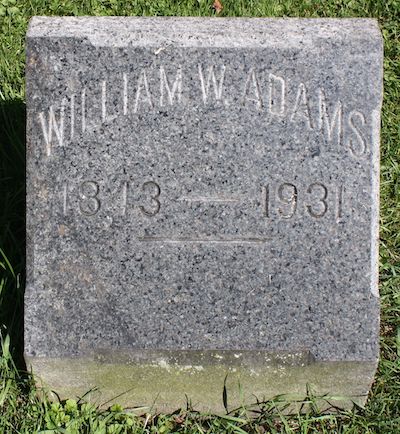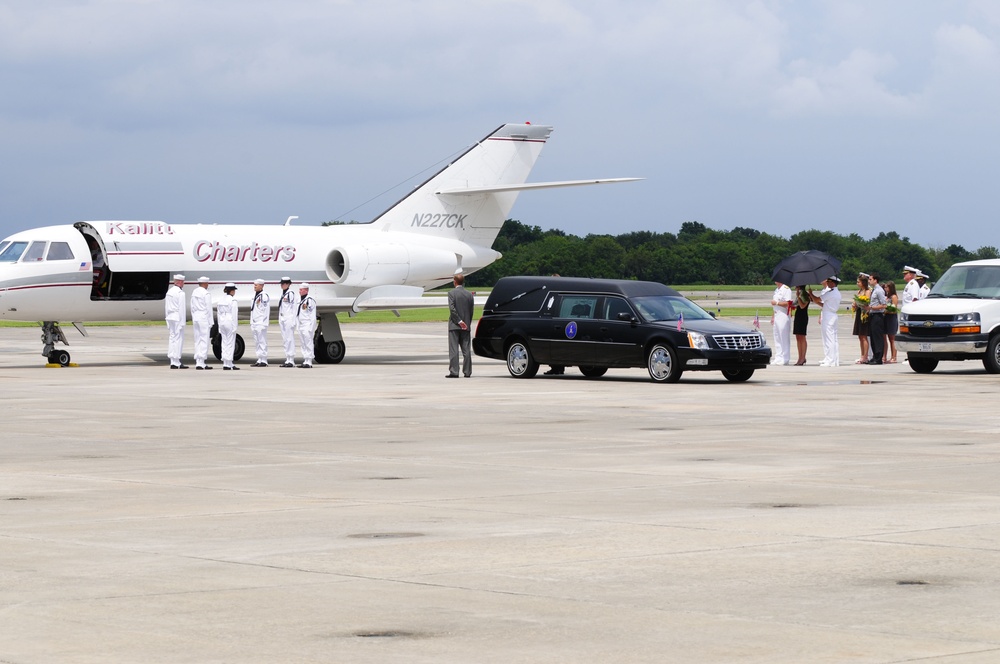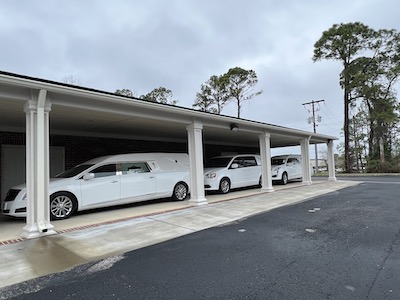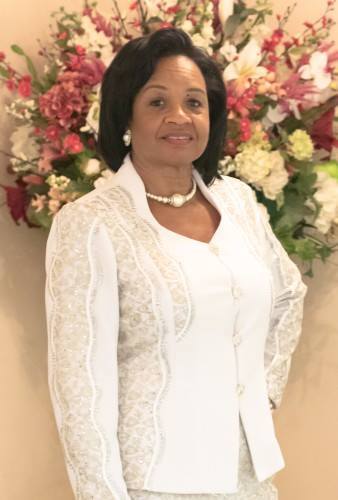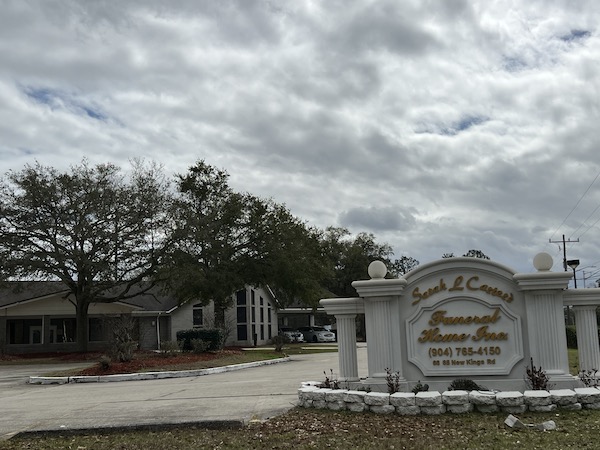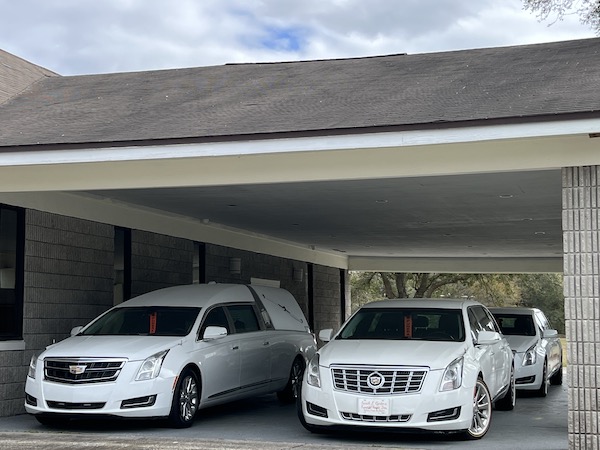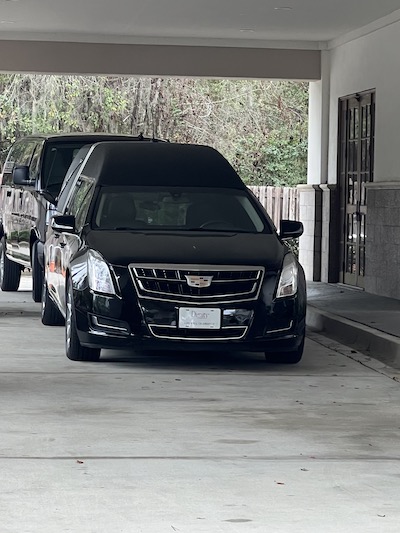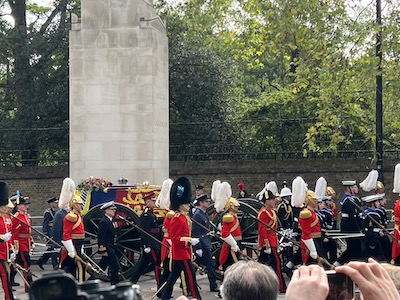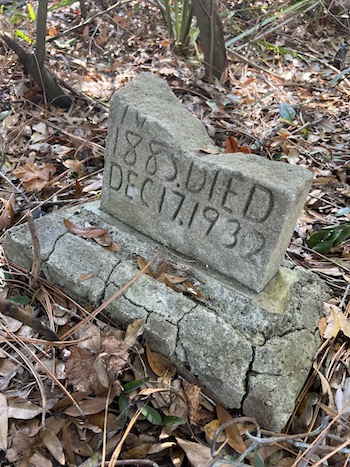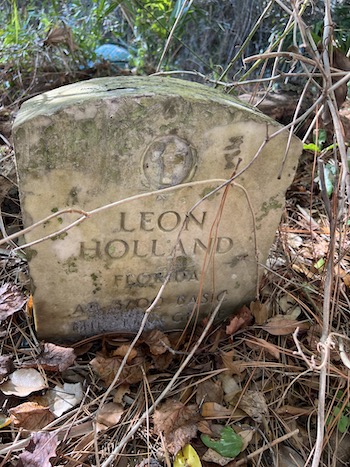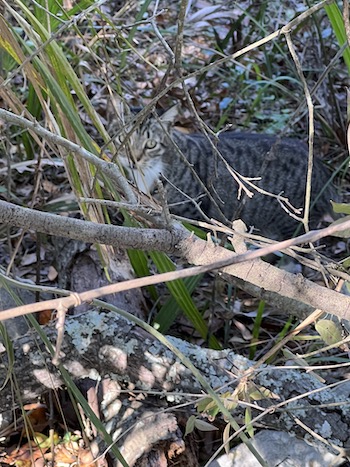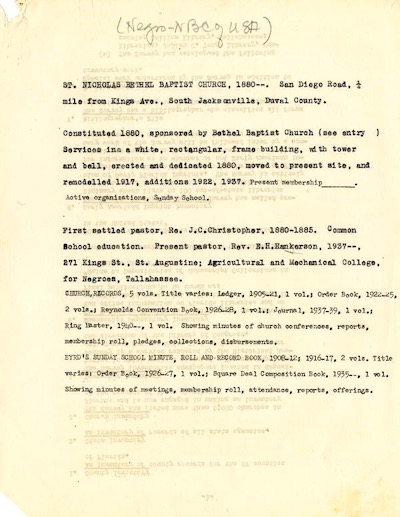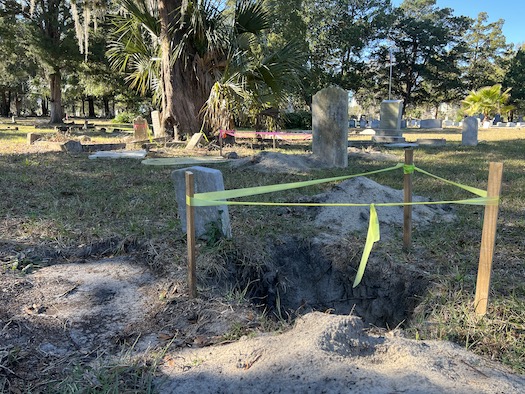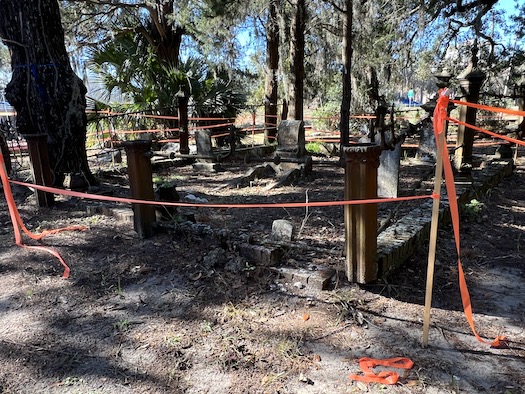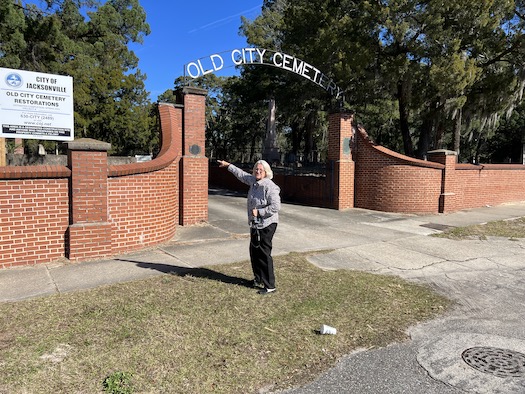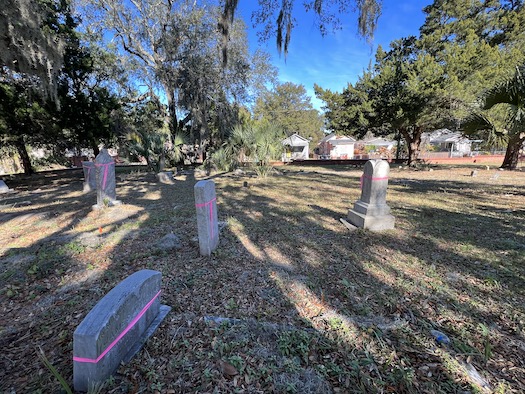Trusting Jesus is the Better Decision Than the Method of Execution
The Florida Electric Chair and Other Methods
On May 1 1924, the Jacksonville Journal, former “Metropolis”, printed the first known picture of the first electric chair in Florida. It was on display at 10 Newnan Street, Jacksonville, Florida where both White and Black people dropped in to view and “discuss among themselves”.
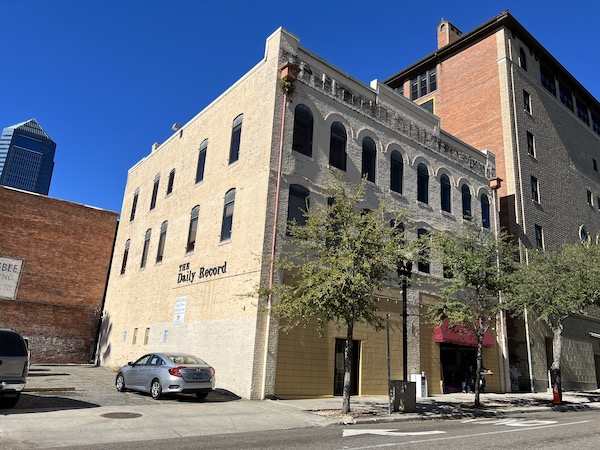
It is said to have been built by inmates of the Florida State Prison. According to Wikipedia, the “electric chair was the sole means of execution in Florida from 1924 until 2,000 when the Florida State Legislature, under pressure from the Supreme Court, signed lethal injection into law”. Because of sparks emitted by the chair when being used from time to time, it caused great controversy and was named “Sparky”. A new chair was put in use in 1998 but no one has been executed by the chair in Florida since 1999.
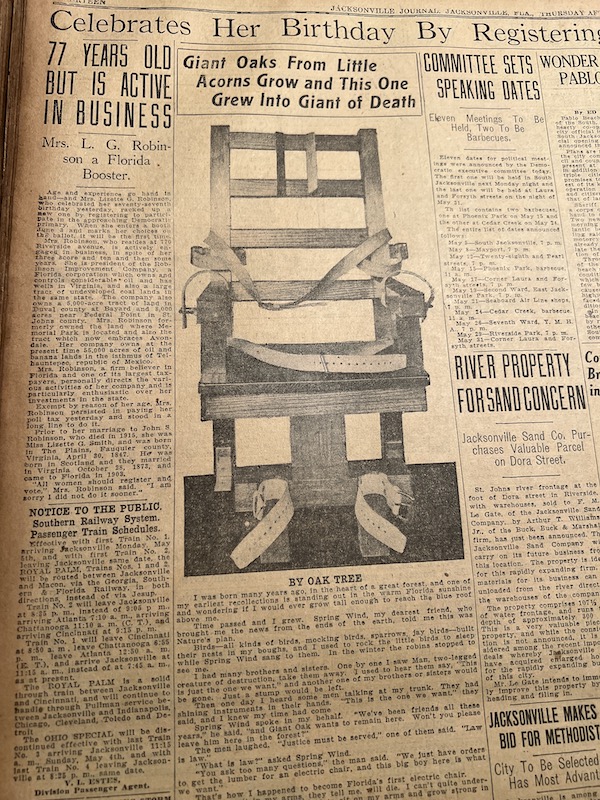
Funds for the first Florida State Prison Farm, as it was known, were provided by the Florida Legislature in 1911. The very earliest days of the prison system is sketchy but in 1877, lawbreakers were a part of a “convict leasing program” whereby corporations leased their services having to also “clothe, feed, house and provide medicare for the prisoner”.
After 1913, prisoners were housed at the often called “Raiford Prison”, located northwest of Jacksonville, Florida in a small town named Raiford. It became a place where prisoners were used to build bridges, field crops, dig ditches and more. Women inmates sewed, made clothing, gardened and cooked. The inmate leasing program ended in 1923.
On February 23, 2023, Donald Dillbeck, the convicted killer of a precious soul, Faye Vann was executed by lethal injection, although he could have chosen the electric chair. Lethal injection was passed by the courts in January of 2000, however the choice of that or the alternative of the electric chair at the execution chamber would be that of the inmate.
The last chair was built in 1998 was a three-legged chair made out of solid oak. Hangings, which waere the means for execution in early 1800’s have not been used since the April 18, 1927 where a “large crowd gathered.” In South Florida. Schools were closed for the day and it is said “onlookers stood on rooftops”. The gallows were built behind the jail in Volusia County. While the Florida State Legislature had changed the methods for executions after 1924, “ a surprising Florida Supreme Court ruling called for one last local hanging” according to the Daytona Beach News-Journal.”
The first inmate executed by chair was in 1924. This chair, that sat at 10 Newnan in Jacksonville was taken to Raiford and used for many years. There is quite of list of inmates who used that practice and others.
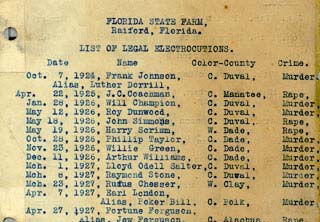
The most recent execution was that of Dillbeck who was the 100th prisoner executed since the death penalty was reinstate in Florida in the mid 1970’s. Governor Ron DeSantis signed the death warrant and though his attorneys tried to stop the execution, the Supreme Court declined the request. Dillbeck declined use of the electric chair which was one of his last decisions. In all sincerity, I hope he decided to trust Jesus, a decision we all must make. That would be the decision of true life or death.
See you tomorrow,
Nan
“Then spake Jesus again unto them, saying, I am the light of the world: he that followeth me shall not walk in darkness, but shall have the light of life.” John 8:12
Sources: Wikipedia, dmarlin. com, Jacksonville Journal,

